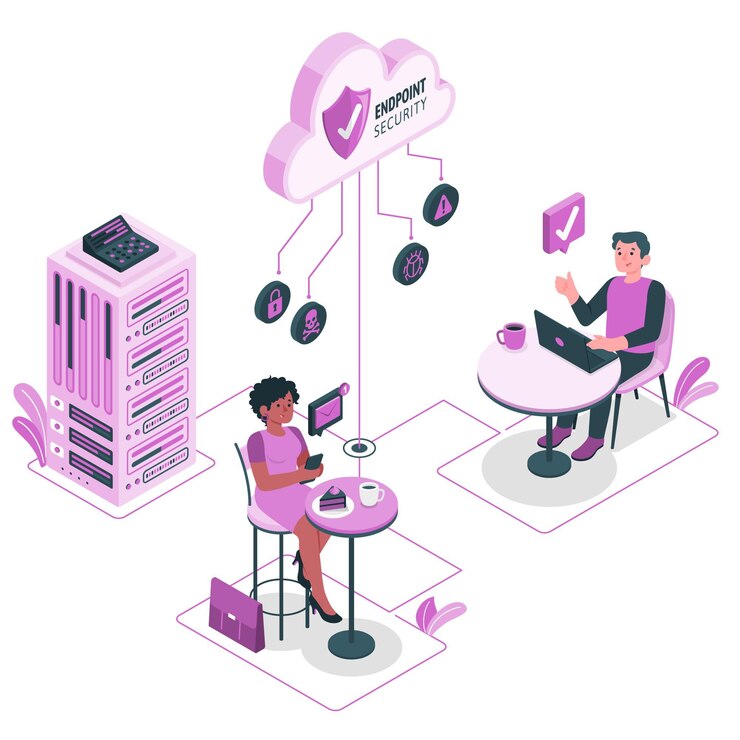Top Cloud Security Concerns
The adoption of cloud computing continues to accelerate as organizations seek to leverage its scalability, flexibility, and cost-efficiency. However, with this shift comes a range of security concerns that can potentially expose organizations to significant risks. As cloud environments grow more complex, it is crucial for businesses to understand and address these security challenges proactively. This blog explores the top cloud security concerns and provides strategies to mitigate them effectively.









Comments
Post a Comment